BOCA RATON – As a linebacker at FAU, Andrae Kirk tackled almost anyone carrying a ball.
That tackle-first mentality made for an interesting adjustment when coach Charlie Partridge and defensive coordinator Rob Bellantoni took over at FAU.
Starting that first season, Kirk’s senior year at FAU, the Owls cut back on the amount of tackling they did in practice.
“I was just like, I need to be tackling all the time to make sure I’m up on my game,” said Kirk, whose 344 career tackles are only two behind Frantz Joseph for the most among Owls.
As old school a linebacker as Kirk was as a player, he understands, and now enthusiastically embraces, the new-school program Bellantoni and Partridge were beginning to institute.
Bellantoni estimates the Owls have only held live tackling scrimmages during about five of their 20 practices this fall camp, though they do conduct individual tackling drills early in practice.
The Owls’ philosophy is in line with a growing trend in NCAA football toward limiting contact in practices.
Beginning in the spring of 2015, Bellantoni also set about changing the technique the Owls employ while tackling.
Instead of a head-up, helmet-in-the-chest approach commonly taught throughout much of football’s history, Bellantoni wants the Owls to use an eyes-to-the-thighs approach.
Tackling low offers several advantages. Barring an unexpected dive from a ball-carrier, the lower target nearly eliminates penalties for hits to the head. Low targeting also greatly reduces the chances of drawing a flag for accidentally getting hands on a face mask.
Finally, avoiding the upper body lowers the risk of concussions for both the defender and the ball carrier – which offers the ancillary benefit of keeping the Owls healthier on both defense and offense during camp.
With one day remaining in fall camp, starting defensive tackle Ray Ellis is the lone player from their two-deep that the Owls have lost to a season-ending injury. Back-up tight end Dustin Bowens is the only other player on the two-deep expected to miss early games because of injury.
The safer approach isn’t negatively affecting the Owls when it is time to knock a ball carrier to the ground.
“We’ve been a very good tackling team so I have no anticipation of there being any problems,” Bellantoni said. “We practice the fundamentals of tackling every day. I’m not concerned about it at all. I think we’re tackling pretty good right now.”
Kirk didn’t learn the eyes-to-the-thighs technique until Bellantoni arrived. He’s experienced first hand the difference it can make not only for him, but for others.
“Now you have certain guys who when I was here, they didn’t tackle that well, going like really violent tacklers,” Kirk said.
He’s also seeing a team that tackles better than one he played on, even if they aren’t doing so as frequently.
“When they go live all the guys tackle very well,” Kirk said. “I’m extremely impressed with how well the defense tackles overall as a unit.”

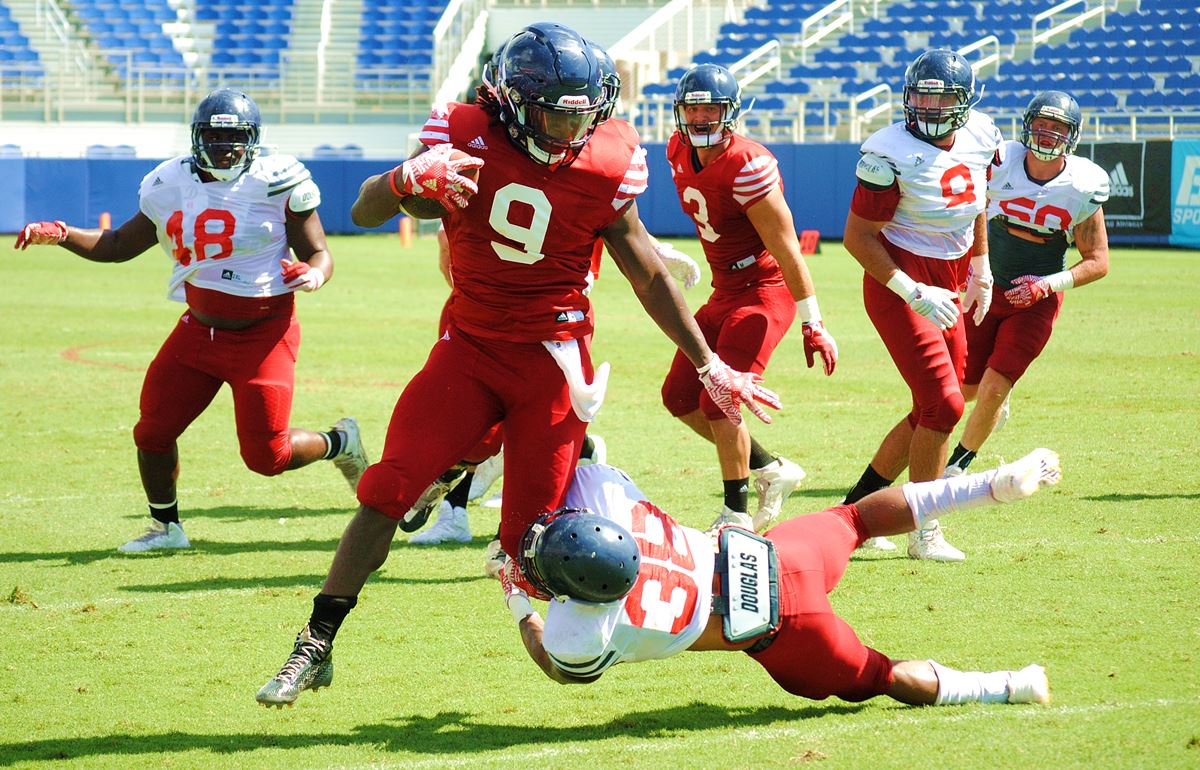
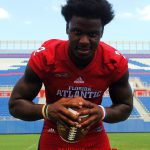
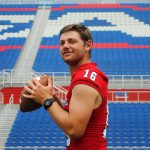
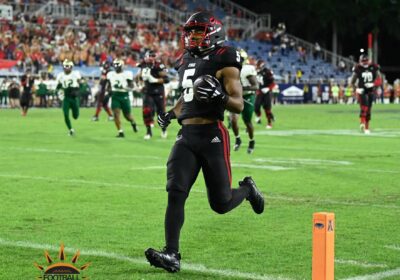
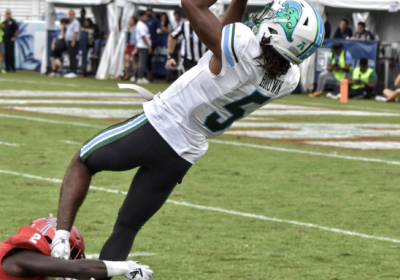
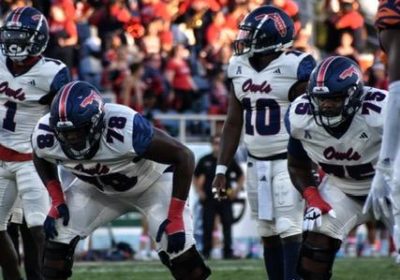
Leave a Reply